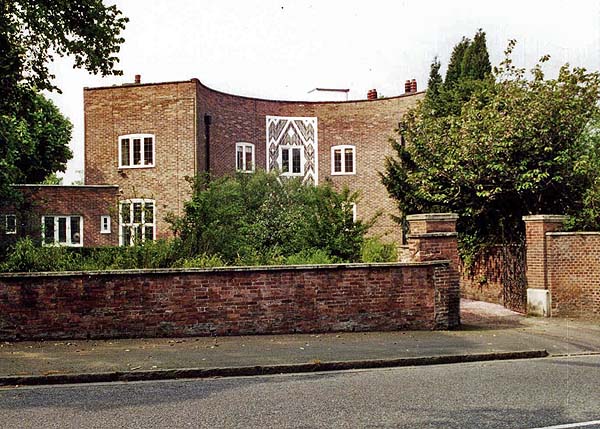
Wikimedia Commons
There are forty-eight Grade I listed buildings in the Metropolitan County of Greater Manchester, England. In the United Kingdom, the term listed building refers to a building or other structure officially designated as being of special architectural, historical or cultural significance; Grade I structures are those considered to be “buildings of exceptional interest”.[1]
Greater Manchester is made up of ten metropolitan boroughs: Bolton, Bury, Manchester, Oldham, Rochdale, Salford, Stockport, Tameside, Trafford and Wigan. Manchester, the world’s first industrialised city,[2] has fifteen of Greater Manchester’s forty-eight Grade I listed buildings, the highest number of any borough.[3] The River Irwell forms the boundary between Manchester and Salford, so one listed structure, the railway bridge over the Irwell, appears in the lists for both Manchester and Salford.
Greater Manchester has a wealth of industrial heritage, represented by industrial architecture found throughout the county,[4] but most of its Grade I listed buildings have a municipal, ecclesiastic or other cultural heritage. The oldest Grade I listed structure in Greater Manchester is the Parish Church of St Mary the Virgin in Eccles, completed in the 13th century but greatly expanded since then. The newest is Royd House
Designed by the architect Edgar Wood, and considered to be one of the most advanced examples of early 20th-century domestic architecture., built and designed by the architect Edgar Wood in 1916 as his residence.[5]
The forty-eight Grade I listed buildings have been split into separate lists for each metropolitan borough; Oldham is the only borough to have no listed buildings with a Grade I rating.[3]
- Grade I listed buildings in BoltonGrade I listed buildings in the Metropolitan Borough of Bolton, in Greater Manchester.
- Grade I listed buildings in BuryGrade I listed buildings in the Metropolitan Borough of Bury, in Greater Manchester.
- Grade I listed buildings in ManchesterGrade I listed buildings in the Metropolitan Borough of Manchester, in Greater Manchester.
- Grade I listed buildings in RochdaleGrade I listed buildings in the Metropolitan Borough of Rochdale, in Greater Manchester.
- Grade I listed buildings in SalfordGrade I listed buildings in the Metropolitan Borough of Salford, in Greater Manchester.
- Grade I listed buildings in StockportGrade I listed buildings in the Metropolitan Borough of Stockport, in Greater Manchester.
- Grade I listed buildings in TamesideGrade I listed buildings in the Metropolitan Borough of Tameside in Greater Manchester.
- Grade I listed buildings in TraffordGrade I listed buildings in the Metropolitan Borough of Trafford in Greater Manchester.
- Grade I listed Buildings in WiganGrade I listed buildings in the Metropolitan Borough of Wigan in Greater Manchester.
